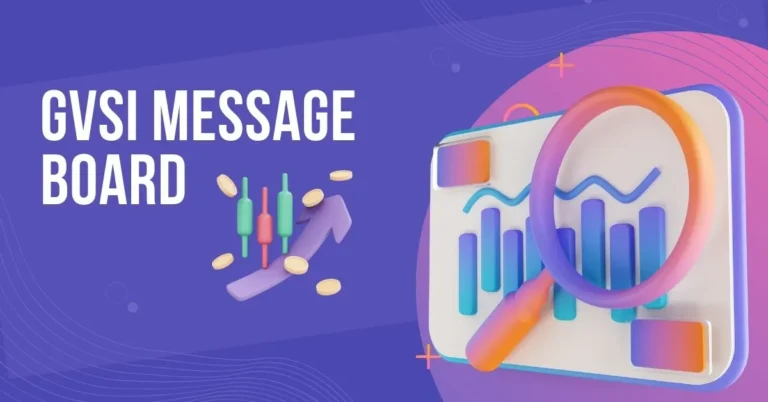The Art of the Haul: Hustling in the Trucking Industry
In today’s fast-paced logistics environment, free load boards have become indispensable tools for independent truckers and freight businesses. These platforms revolutionize how freight is matched with carriers, offering a seamless process to ensure efficiency. They eliminate traditional barriers, such as reliance on personal networks or brokers, granting truckers the autonomy to find and choose optimal loads. Truckers can find loads that fit their requirements with a simple click, minimizing downtime and empty runs. This functionality is particularly beneficial for small operators, who can optimize their trucking schedules more effectively, maximizing their earning potential.
This digital transformation has levelled the playing field, making it possible for small operators to compete with larger firms. Integrating free load boards into the daily operations of trucking companies highlights the strategic importance of technology in the logistics sector. Besides convenience, these platforms also introduce healthy competition, driving innovation and operational excellence across the trucking industry.
Key Features to Look for in a Load Board
Choosing the right load board involves understanding key features that can optimize the user experience. Critical functionalities include real-time updates, multiple filter options, and user-friendly interfaces to allow seamless operation. Real-time data is essential for truckers to make timely decisions, especially when aligning load availability with their routes. The availability of multiple filter options ensures that truckers can tailor their searches based on distance, pay rate, load type, and more. A mobile access option ensures truckers can locate new jobs on the go, significantly enhancing responsiveness and decision-making.
According to industry insights, an efficient load board should also offer reliable customer support and integration capabilities with existing logistics software to streamline operations further. For truckers, these features translate into fewer administrative headaches, allowing them to focus more on the road.
How Load Boards Improve Operational Efficiency
Load boards are strategic tools to boost operational efficiency by providing visibility into available freight across regions. They help truckers identify optimal routes, thus reducing empty miles and saving on fuel costs. Streamlining load matching also significantly reduces the time spent waiting for new assignments, translating into more time on the road and more loads delivered. Moreover, these platforms facilitate direct communication between shippers and carriers, streamlining logistics operations. Establishing fast communication reduces potential misunderstandings and fosters stronger business relationships.
Recent studies underscore that incorporating load boards into trucking business models can enhance productivity and improve service levels by making operations more predictable. This level of convenience and control is invaluable to small trucking businesses aiming to streamline their operations and plan long-term strategies.
Tips for Using Load Boards Effectively
Maximizing the potential of load boards requires strategic use and awareness of common pitfalls. Regularly updating profiles with recent transport capabilities and availability is essential. This ensures you are matched with relevant opportunities, avoiding mismatches and delays. Setting clear preferences, such as maximum load weight or preferred routes, can result in higher match success rates. Additionally, leveraging search filters allows for more refined results, tailoring load selections to individual business needs.
Engaging with the platform can lead to better outcomes, such as timely load acquisition and favorable freight rates. Truckers should use rating systems within load boards to build trust and negotiate better terms. Truckers should also remain vigilant of scam listings and verify profiles when negotiating loads, ensuring a secure and profitable exchange. By adopting these strategies, truckers can realize the full potential of load boards.
Pros and Cons of Free Load Boards
Free load boards offer several benefits, notably cost savings, broad accessibility, and the ability to connect with a diverse pool of freight opportunities. They empower truckers to choose loads based on their preferences without the added burden of fees. This autonomy can lead to more strategic decision-making and improved profitability over time. However, they may also come with limitations, such as fewer advanced features compared to subscription-based models and increased competition among users, which can sometimes limit the availability of high-paying loads.
Although there are inevitable trade-offs when utilizing free load boards, knowing the benefits and downsides is essential for making wise choices. Evaluating the pros and cons relative to individual business needs allows trucking firms to integrate these tools effectively without compromising quality and reliability.
The Future of Load Boards in the Trucking Industry
The trucking industry is poised for growth, with load boards at the forefront of this evolution. Emerging technologies such as artificial intelligence (AI) and machine learning will improve these systems. AI technology offers predictive analytics that further improves freight matching procedures. AI technology offers possibilities for predicting route efficiency, optimizing load distribution, and anticipating industry demand cycles. As customer expectations continue to rise, load boards will adapt to meet these demands through cutting-edge innovations, maintaining their relevance and usefulness.
This trend indicates a promising future where efficiency and quick adaptability become new standards thanks to digital freight solutions. The growing dependability on data-driven decision-making highlights the continuing transformation of logistics through technological advances.
Common Misconceptions About Free Load Boards
Many myths surround free load boards, including the notion that they are too good to be true or lack professional-grade tools. Some users miss out on these platforms’ benefits due to misconceptions about potential hidden fees or inferior service quality. These platforms provide many essential features to manage logistics effectively, challenging these misconceptions.
Demystifying these myths and addressing doubts by showcasing the actual value of these tools can help new users fully embrace the potential of free load boards. Further, understanding the functionalities enables operators to integrate them successfully into broader logistics workflows.
Related:How to Get Started with Flatbed Trucking Jobs at HMD Trucking
Real-Life Success Stories and Lessons Learned
Consider the journey of an independent trucker who adapted to digital tools, embracing load boards to transform his operations. Within months, he reported reduced empty miles and improved route efficiency, increasing his income and expanding his customer base. Utilizing load boards corrected inefficiencies, allowing him to maximize his truck’s operational capacity.
These real-life stories test the effectiveness of integrating free load boards into regular trucking operations, illustrating the potential benefits of strategic engagement. The lessons learned from these narratives can inspire other small operators to adopt digital solutions to achieve operational excellence.







